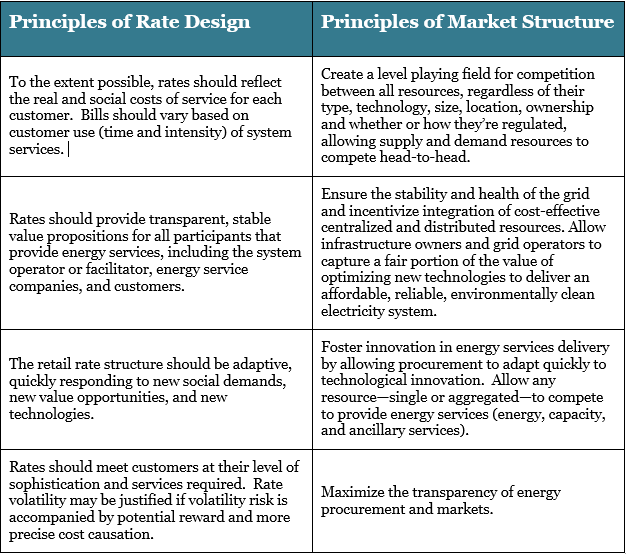Today, the Solar Electric Power Association (SEPA) posted all of the submissions to the 51st State Challenge, a call for utility stakeholders to take a “fresh” look at electricity policy in a state with no preexisting regulations or market structure. Submissions came from utilities, clean energy companies, policy consultants, advocates, and independent researchers. The twelve submissions will be judged by a panel of policy experts that will determine which papers feature at the 51st State Summit on April 27 in San Diego.
America’s Power Plan submitted its vision for the 51st State in “An Adaptive Approach to Promote System Optimization.” The paper examines fundamental principles of rate design and market structure that can be adapted to fit any political climate, resource mix, and technology evolution. The proliferation of new resources behind the meter has subjected the traditional distribution utility to unprecedented competition, challenging the notion that it remains a “natural monopoly.” But there is still a role for a central system manager to coordinate and optimize the system and a single owner for the system of poles and wires, although they need not be the same entity. Given the pace of technological innovation and the myriad solutions to improve grid efficiency, regulation in the 51st State must constantly adapt to support an ever-improving, competitive electricity system. Recognizing that answers depend on the idiosyncrasies of any state, the paper advocates for a reorientation of regulation toward the outcomes consumers want most from the electricity system: affordable, reliable, environmentally clean electricity service.
The paper consolidates the recommendations into four principles of rate design and market structure:
With adaptation as a central policy goal, Energy Innovation and America’s Power Plan hope that the 51st State can be a model for technology and innovation that helps all states find ways to promote an optimized electricity system.

